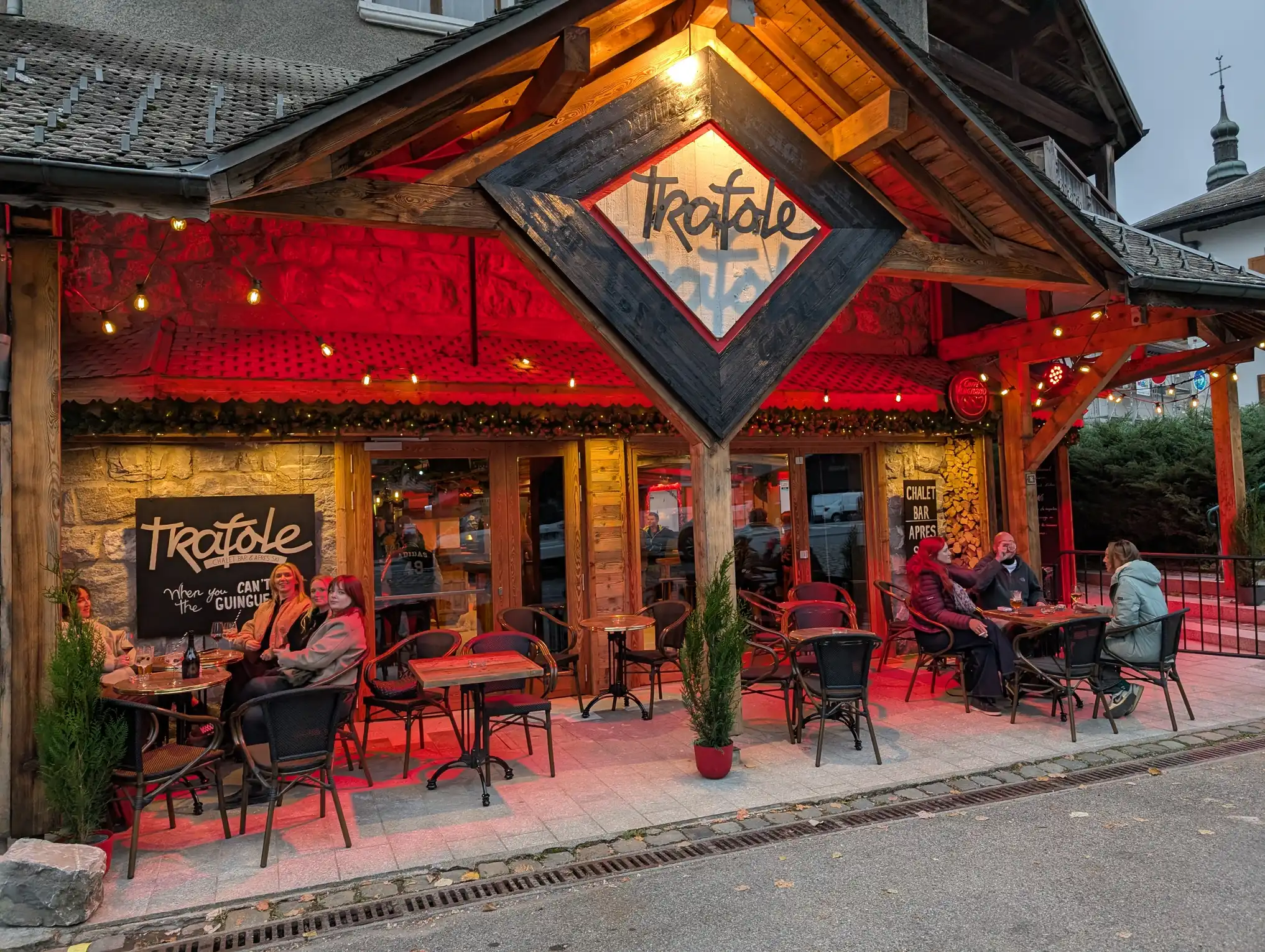If you have booked a luxury self catered ski chalet in Morzine, you may well be driving. A significant amount of British winter holiday makers decide to drive to the Morzine every year, rather than fly, especially families during school holiday weeks as there’s a financial reward (generally) for doing so. Other advantages alongside being able to fit a family in one vehicle include zero luggage restrictions, providing you can squeeze it all in and a car in-resort, which can be useful for the odd shopping trip and perhaps to access another resort for a day.
This year is proving to be the best for snow we have had in a few years, so this year you really will need to prepare for snow conditions as you head up to resort. Rob Stewart gives you the benefit of his experience…..
Whilst some can manage the journey in one hit though, generally there’s an overnight stay involved, especially if you don’t live in the South East corner of England. Luckily for Morzine, it’s one of the very closest ski resorts to the UK in terms of distance on roads (approximately 880 KM’s / 546 miles from Calais), and so getting to your luxury self-catered chalet by vehicle isn’t a bad option.
But there’s some important factors to consider and we’ve listed some tips for driving to the Alps, especially in light of how much snow we are getting this year.
Tyres
Most tyres fitted in the UK aren’t specifically designed for winter conditions, it’s not a requirement by law, like it is in Germany for example. In France, although it’s not a legal requirement, it is recommended that snow tyres are used (marked M&S) for any roads covered with snow and ice and the tread must be at least 3.5mm.
If you have a 4 wheel drive vehicle, this can be an advantage in snow and ice, but without winter tyres, in some situations, having a 4 wheel drive vehicle will not help. Often, a 2 wheel drive vehicle with good winter tyres is a better option that a 4 wheel drive with summer (standard) tyres.
If you’re considering driving to the Alps during winter (and that means anytime that significant snowfall can be expected at lower altitudes – November to April inclusive), then it’s recommended to ensure winter tyres are fitted – 2 wheel or 4 wheel drive.
Chains
According to the AA, in France: “You must fit snow chains when driving on snow-covered roads in accordance with local road signs. A maximum speed limit of 31 mph (50km/h) applies”.
Therefore you must have a set of snow chains (that specifically fit your tyre size) in your vehicle if you’re driving to the Alps.
Snow chains are generally only used when there’s recent heavy snowfall and the road is not clear or only partly clear. They do not replace winter tyres so although your winter tyres will make a huge difference on roads that are covered in snow and ice, when things get messy, the snow chains need to be fitted. It’s not a nice thing to do, and can be tricky, so practice at home before you go – do not leave it until you’re on the side of the road in a snowstorm for the first time you try to fit the chains.
It’s also a good idea to take an old blanket and an old jacket and gloves to wear when fitting chains, as it can be dirty and oily.
The reality is that it’s pretty rare you need them, even when you’re in the Alps all winter….but when you do, you do.
Snow shovel
It’s wise to carry a small snow shovel with you – the ones used for backcountry / avalanche rescue are fine, if it snows heavily and the car has been parked for a week, it will come in very handy.
Other legal requirements for driving in France
It’s compulsory to carry the following items if you’re driving in France:
- Warning triangle
- Reflective jacket
- Breathalyser – although in reality this law is not enforced
Roads and navigation
French motorways (toll roads) are generally excellent and relatively traffic free compared to the British equivalent. But they do cost – typically budget around €150 in tolls for a return journey, this is of course above the fuel cost.
From Calais, the route to Morzine is fairly straightforward and there’s really only one main option unless you want to combine a Paris trip into your holiday (see Google map – note: driving times vary depending on traffic).
Head to Reims, then Dijon, down to Bourg-en-Bresse, head east on the A40, skirt the Swiss Border around Annemasse and then towards Chamonix, before turning off at Cluses and through Taninges, then over Les Gets and into Morzine.
Crossing the Channel
Ferry or tunnel? Many people prefer one or the other for lots of reasons, they both have their good and not so good points. Here’s the pluses….
The Tunnel is: quicker, there’s no waves
Ferries are: generally lower cost, have restaurants and bars, less potential for claustrophobia
And finally……
Drive on the right hand side of the road once you arrive in France!

